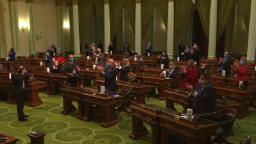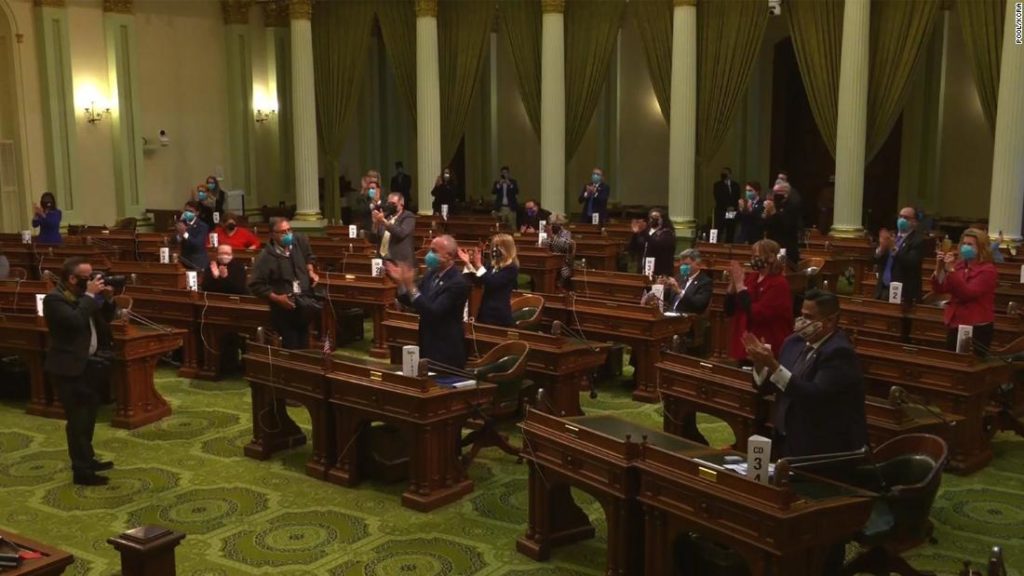
But history tells us that unless the political environment changes dramatically, the chance of a shift to a popular vote is minimal.
Republicans know they have had a near historic advantage over the last two elections in the Electoral College relative to the popular vote.
By comparing the popular vote margin and the margin in the states that determined the Electoral College winner, we can come up with what we’ll call an “Electoral College bonus”.
Trump had a 3.3-point Electoral College bonus relative to the popular vote. He could have lost the popular vote by 3.3 points won and still taken a majority of electoral votes.
In fact, Trump’s 2020 Electoral College bonus ended up being the 4th or 7th highest in the 42 elections since 1856, depending on whether you count his bonus as 3.8 points or 3.3 points.
What makes Trump’s Electoral College edge even more historic is that his Electoral College bonus in the 2016 election was 2.9 points. That is, Trump did significantly better in the Electoral College than the popular vote would have suggested two elections in a row.
There was just one other time since 1856 in which one party had an Electoral College bonus of 2.85 points or more in two consecutive elections.
And unlike the other time when that occurred (1936 and 1940, when Franklin D. Roosevelt ran for reelection), the past two elections have been quite competitive. A 3-point gap between what it takes to win the popular vote and the Electoral College is huge in today’s political environment.
Indeed, why would Republicans give up on a legal electoral system that allowed them to win the presidency twice (2000 and 2016) in a 16-year span without winning the popular vote?
So what might cause the system to change? Perhaps the most obvious answer is that Republicans would need to feel that the system doesn’t give them an advantage anymore.
Right now, it seems like Republicans have this rock hard advantage in the Electoral College relative to the popular vote. Electoral coalitions are consistently shifting, however.
If John Kerry or Barack Obama had won the Electoral College without winning the popular vote, perhaps things would be different.
Of course, one might imagine that Democrats would start to like the Electoral College more in such a situation. This is why the best chance for both parties to support a switch to a popular vote might be a regionally strong third party candidate.
Following the 1968 election, support for switching to a popular vote system reached 80% nationally in Gallup polling. More importantly, approval of the change was nearly uniform across political lines: 78% of Republicans, 80% of Democrats and 83% of independents.
A constitutional amendment to move to the popular vote easily passed the House in 1969, and it was supported by Nixon. The amendment died in the Senate, however. It was the last time we ever came close to going to a popular vote.
Will we ever get to where we were after the 1968 election? It may seem far-fetched. Then again, a lot of far-fetched things have happened over the last five years.
You may also like
-
UK coronavirus variant has been reported in 86 countries, WHO says
-
NASA technology can help save whale sharks says Australian marine biologist and ECOCEAN founder, Brad Norman
-
California Twentynine Palms: Explosives are missing from the nation’s largest Marine Corps base and an investigation is underway
-
Trump unhappy with his impeachment attorney’s performance, sources say
-
Lunar New Year 2021: Ushering in the Year of the Ox

